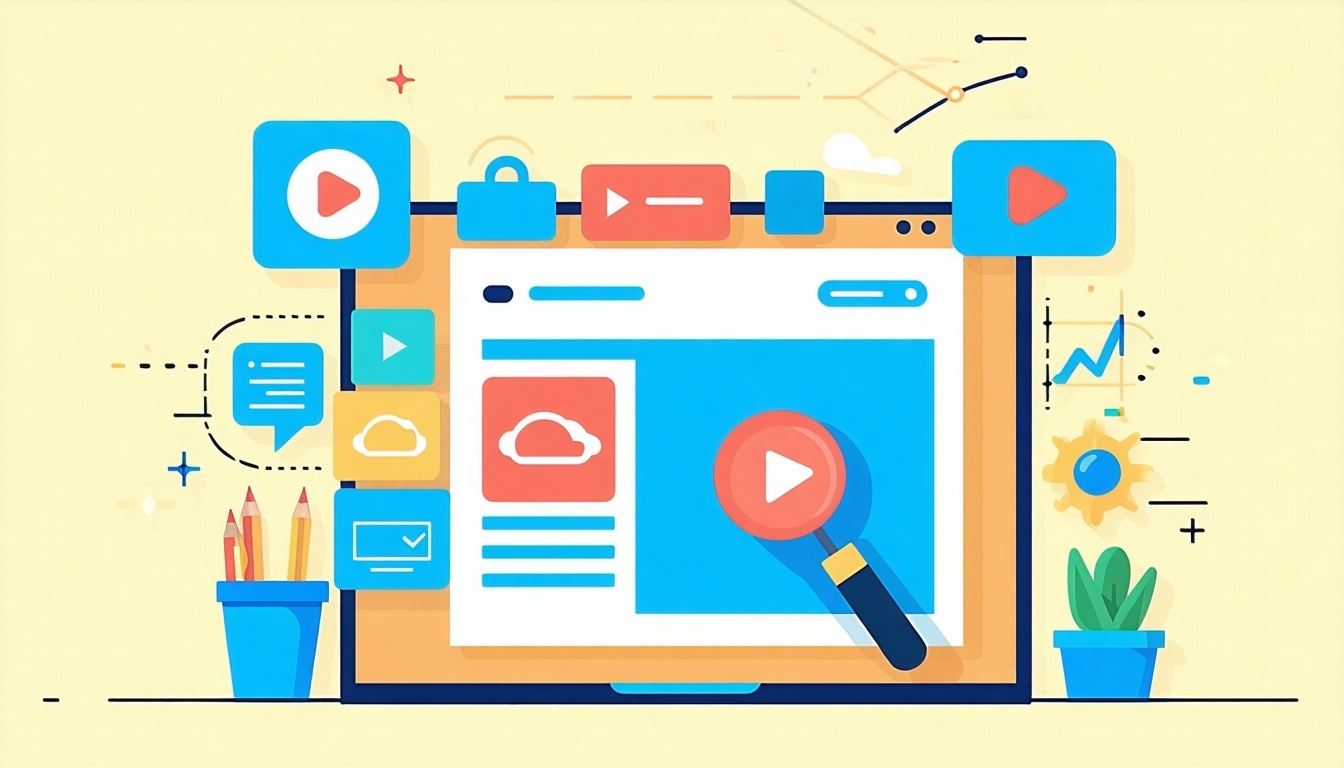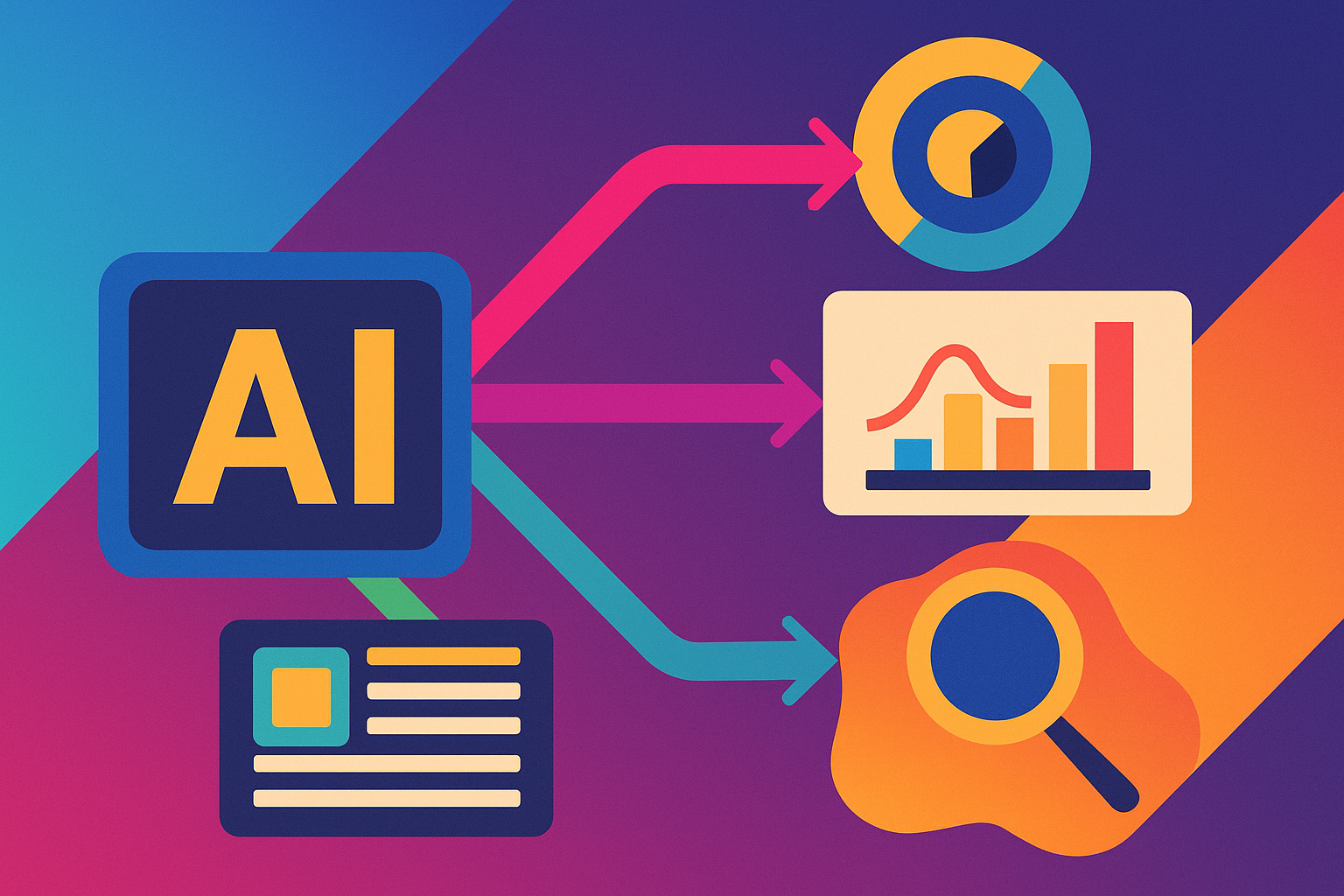At Theia Media, we don’t guess—we test.
A/B testing (also known as split testing) is one of the most powerful tools in your digital marketing arsenal. Whether you’re trying to improve ad performance, email open rates, or landing page conversions, A/B testing helps you eliminate assumptions and make decisions backed by real user behavior.
In this guide, we’ll break down what A/B testing is, how it works, and how you can apply it to your website, emails, ads, and more to improve results over time.
What Is A/B Testing?
A/B testing in marketing involves creating two different versions of a digital asset—such as a webpage, ad, email, or CTA—and showing each version to a separate segment of your audience. The goal? Identify which version performs better against a defined objective, such as conversion rate, click-through rate, or engagement.
Unlike subjective feedback or best guesses, A/B testing provides data you can act on with confidence.
Example from our team: A client in the wellness space was seeing low conversions on their lead magnet page. We ran a split test on the headline—one version emphasized the value of the content, while the other triggered urgency. The urgency-driven variation boosted conversions by over 22%.
Why You Should A/B Test
Whether you’re launching a new campaign or optimizing an underperforming asset, A/B testing offers a structured approach to growth.
Benefits of A/B testing include:
- Increasing conversion rates across landing pages, forms, and CTAs
- Lowering ad costs by improving performance
- Improving email open and click-through rates
- Enhancing user experience with real feedback on layout or messaging
- Making smarter content decisions by testing headlines, visuals, or body copy
What Can You A/B Test?
Nearly every part of your marketing can be tested. But the key is to test one variable at a time to isolate the effect.
Here are a few examples of variables we regularly test at Theia Media:
Emails:
- Subject lines
- Sender name
- CTA placement or wording
- Personalization tokens
- Email format (HTML vs. plain text)
Landing Pages:
- Headlines and subheads
- Images vs. video
- Button design and CTA language
- Trust signals (badges, testimonials)
- Form length or field labels
Digital Ads:
- Ad copy or angle
- Visuals and creatives
- CTA phrasing
- Targeting segments
Blog Content:
- Meta titles and descriptions
- CTA placement or design
- Featured image
Social Media:
- Post timing
- Caption length or hook
- Image vs. video
- CTA type
How to Run an A/B Test in 5 Simple Steps
1. Identify What You Want to Improve
Start with a bottleneck or a goal you’re struggling to hit. That could be anything from a low click-through rate to a high bounce rate.
Examples include:
- Email with low open rates
- Landing page with high abandonment
- Ad campaign with a high CPC
- Blog post that isn’t converting readers
Look at performance data in your analytics platform and pinpoint a specific metric you want to improve.
From Theia: We helped a real estate broker who had high traffic to their free home valuation page but low submissions. The form design was sound—but the CTA felt soft. Time to test it.
2. Form Your Hypothesis
Your hypothesis should clearly state what change you’re testing and what you expect the result to be. Use this simple format:
“If we change [X], then [Y] will improve because [reason].”
For example:
“If we change the CTA from ‘Submit’ to ‘Get My Free Home Value Report,’ then the conversion rate will increase because users will feel more clarity and value.”
Your hypothesis sets the goalposts for the test—and helps you evaluate success accurately.
3. Create Your Variation
The “control” is your current version. The “variation” is what you’re testing against it. Make sure only one key element changes in the variation so you can confidently attribute the outcome to that single change.
Theia Example: We recently tested two hero images on a roofing client’s landing page. One showed a clean, stylized roof. The other showed storm damage. The goal was to determine which imagery better triggered leads for emergency repair services.
4. Launch and Run the Test
Use tools that randomly assign visitors or users to each version and measure results. Popular tools include:
- Google Optimize or VWO for landing pages
- Meta Ads Manager for Facebook/Instagram ads
- Mailchimp, ActiveCampaign, or ConvertKit for email A/B testing
- HubSpot or Unbounce for end-to-end campaign testing
Make sure your audience size is large enough to reach statistical significance (most platforms will calculate this for you).
Let the test run until you have enough data. Don’t cut it off early—even if one version seems to be winning.
5. Review the Results and Apply What You Learned
Once your test concludes, look at the performance metrics that align with your hypothesis.
If there’s a clear winner, make that version your new default. If results are inconclusive, consider running a new variation with a different change.
Real-world example from Theia: That urgent imagery we tested for the roofing page? It increased conversion rates by 31%. But it also lowered time on page. So we kept the imagery but rewrote the supporting copy to re-engage users—leading to even stronger results.
3 Real-World A/B Testing Scenarios
1. Facebook Ad Copy
We worked with a boutique salon to test two Facebook ad angles:
- Control: “Discover Your Perfect Cut. Book Today.”
- Variant: “Overdue for a Hair Refresh? You Deserve This.”
The FOMO-driven copy (Variant) outperformed the control by 19% in click-through rate and dropped the cost-per-lead by 27%.
2. Landing Page Headline
A professional services firm tested these landing page headlines:
- Control: “Get Legal Advice You Can Trust”
- Variant: “Speak to a Real Attorney Today. No Obligation.”
The second version, emphasizing immediacy and clarity, increased conversions by 15%.
3. Email Subject Lines
We helped a solar company test:
- “Your Solar Report Is Ready”
- “Still Paying Utility Bills? There’s a Better Way”
The benefit-oriented subject line saw 23% more opens and led to a 17% increase in consultations.
Tips for Successful A/B Testing
- Start simple: One variable at a time. Don’t try to test five things at once.
- Have a clear metric: Know what success looks like—whether it’s more clicks, signups, or calls.
- Be patient: Let tests run long enough for clean data.
- Document your results: Track what worked and why for future use.
- Always retest: One win isn’t the finish line—it’s a signal to optimize further.
Final Thoughts
A/B testing isn’t just for big brands with big budgets. At Theia Media, we help small businesses run lean, effective tests that drive better performance across every platform they use.
If you’re not testing, you’re guessing. And in 2025, there’s no room for guesswork.
Want help setting up your first test—or interpreting what your data is already telling you?
Book a free strategy session with Theia Media, and we’ll show you how to optimize what’s already working—and fix what isn’t.









